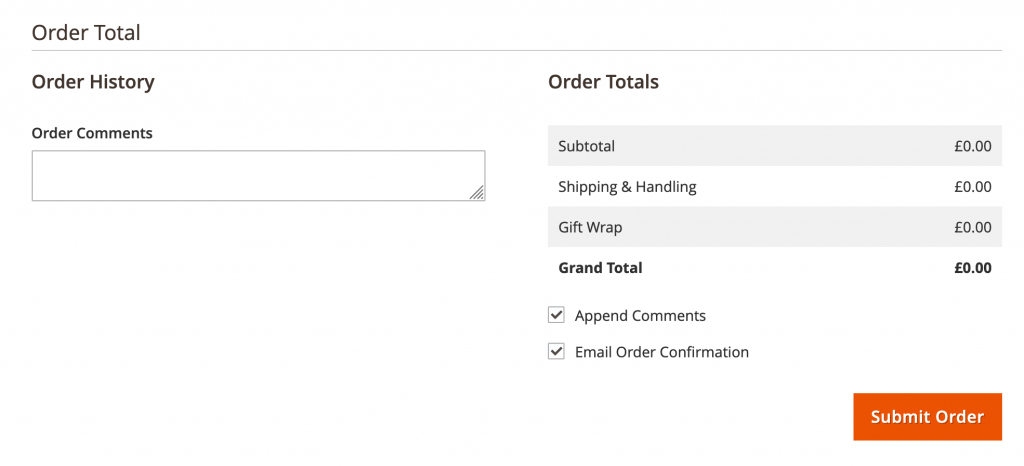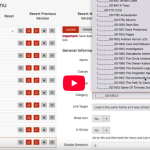
October 7,2021
Magento 2 Guide: Order Management
Take a look at what the make up of orders are, how the order system works and how to create an order in the system, if you want to entirely manage your orders in the Magento system.
In the menu, to see all the orders, go to Sales > Orders. Here you will see a table of all the orders made through the website. If you click into an order, you can see further details.
Buttons at the top
As you will see when you look at the top of the order page, there are a bucnh of buttons that you can use to help manage orders. These include:

- Send email – Sends an email about the order to the customer.
- Credit memo – Create a credit memo.
- Hold – Stop the order porcess from moving forward.
- Ship – Creates a shipment for the order.
- Reorder – Creates a new sales order from the existing order.
- Print – Print the order details.
Order page
Down the left hand side, you will have a menu with different details of the order, these include:

- Information – The order details contains all the customer details such as name, delivery and billing address, and the products they ordered.
- Invoices – When an order has been successfully placed on the website, it generates an invoice along with it, this can be found here.
- Credit memos – When a refund is issued, this shows the amount due to the customer. The refund amount can be applied towards another purchase on the website or refunded to the customer.
- Shipments – This lists all the shipment records of all invoices that have been prepared for shipping. These can be created once an order has been invoiced.
- Comment history – Any comments on the order between you and the customer will be here.
- Transactions – The transaction/payment order details, the payment gateway, the transaction ID etc.
Need help with Magento?
We are experts in Magento, with experienced designers, developers & marketers. If you need a hand, get in touch.
Creating orders in Magento
The other thing you may want to know is how to create an order in Magento. So instead of people placing an order directly through the website, you can manually entertheirdetails into the Magento admin area. This can be ideal if you take orders over the phone and want to consolidate all your orders in a single place.
Quick Overview
- Sales > Orders
- Click Create an order button
- Add a customer to the order
- Add the products
- Apply any coupon codes
- Submit order
Complete runthrough
So, to create an order in Magento 2, you first need to head to Sales > Orders from the main menu. To start creating the order, use the Create Order button.
To get the ball rolling, you will need to add a customer to the order. If they have previously created an account on the website, you will be able to add them here, which will prepopulate all their details from their account in the order. If they don’t have an account in the system, you will need to create one.

Once you’ve associated a customer with the order, you will need to add the products they want to buy. You will be given shown a table where you can filter and add the products they want. You will also be able to add custom prices to any on there, if you agreed to discount any of the items.

Once you’e got your customer and order details all sorted, you can enter their payment info straight into the system.

Once this is all finalised, hit the submit button to finish and create the order in the system.

And that’s it, from this you will know a bit more about what can be found on the order details and how to add an order to the system.
We are a experienced Magento Agency, working with brands both large and small. If you need any help with your Magento Store, get in touch with us today!




